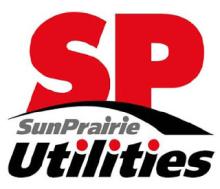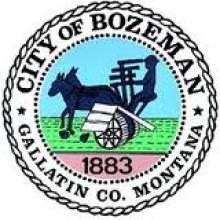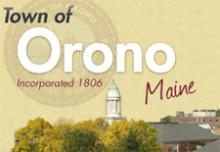Sun Prairie Passes Resolution to Begin Initial Stage of Fiber Project
On July 21, the City Council of Sun Prairie, Wisconsin passed a resolution to fund construction on a segment of what could become a citywide, high-speed fiber optic project. Construction will take place in the city’s Smith’s Crossing subdivision, parts of Main Street, and the Tax Increment Finance (TIF) District 9/St. Mary’s development area. It is slated to begin in early September and last through December 1, weather permitting, and will cost an estimated $640,000.
The mayor of Sun Prairie, Paul Esser, believes that going through with this project is the correct move for the City. He was recently quoted in the Sun Prairie Star:
Moving ahead with the pilot project in Smith’s Crossing is the right way to go. I believe that as an early adopter of this technology we will have an economic development advantage which will attract companies that require this broad bandwidth.
The fiber-to-the-premises (FTTP) construction at Smith’s Crossing is seen as a testing ground for a larger FTTP network construction that would extend 200 miles of fiber and have the potential to connect all of the city’s homes and businesses. Currently Sun Prairie has about 30 miles of fiber. If Sun Prairie can successfully build out this citywide network - costing an estimated $26.7 million for the whole city - it could rival that of Reedsburg, Wisconsin, which began construction on its fiber-to-the-home network in 2003. Reedsburg has seen numerous economic development benefits and has created a considerable amount of community savings from lower prices.
The city of Sun Prairie initially invested in fiber optic technologies in 1999. In that year, the City built a fiber ring for the school system. Rick Wicklund, the manager of Sun Prairie Utilities, estimates the fiber ring will save the school $2 million by 2019. The fiber also runs to about 28 businesses and more than 130 Multiple Dwelling Units (MDUs), according to Wicklund. Now, Sun Prairie Utilities is looking towards residential markets.










